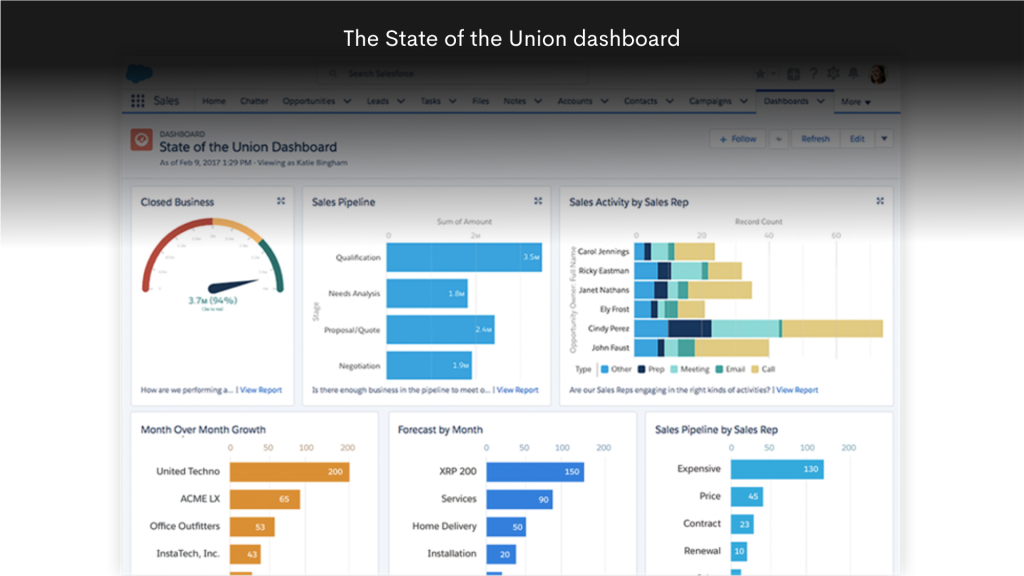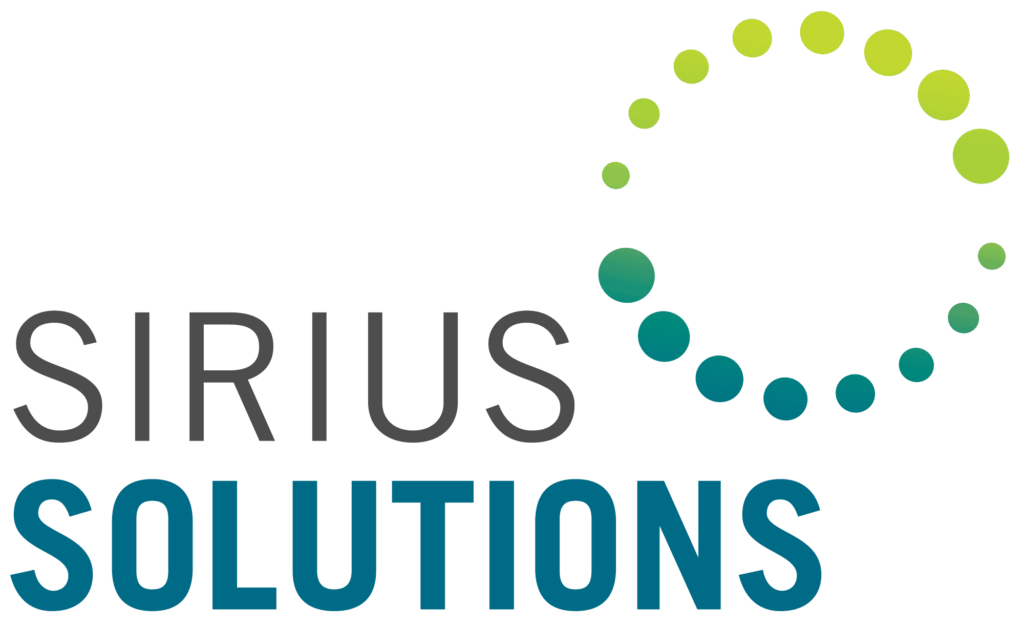Strategy for Revenue Growth
Successful sales leaders leverage dashboards to gain insight into their pipeline, forecast, and team as a whole to make better decisions.
In a business, revenue growth is always priority number one, but getting there takes the right combination of strategy and sales formulas. There can be challenges, such as a buildup of leads, a stop in closing deals, a lack of staff transparency, and as a result, growth slows down.
Leadership of successful sales teams have visibility and transparency in their sales process, so they are able to eliminate blind spots and solve a lot of their sales problems efficiently. They derive great value in sharing data across their pipeline, forecast, and team.
Pipeline Management for Empowering Sales Teams
If issues with the pipeline are not caught in time, the risk of them becoming major roadblocks to revenue increases. Here are three ways leading sales teams mitigate this risk:
- First, they create a unified view of the whole sales pipeline, beginning with leads and ending with signed contracts.
- They use automated workflows to relieve some of the pressure on sales staff. They leverage a customer relationship management system (CRM) that automatically keeps track of data to save time.
- They take advantage of the ability to see agreements in progress, allowing for quick action when it matters most, whether that’s to push a deal forward or protect a potentially vulnerable opportunity.

For sales teams actively working towards meeting or surpassing their revenue goals, many find using Salesforce dashboards to manage and track their progress helps them answer the following key questions:
- How is the company doing?
- Do I have sufficient pipeline?
- Are my account executives making efficient use of their energy?
- What is the status of my open pipeline?
- What’s my sales forecast?
- Are my sales representatives maximizing our sales tools?
- How are my sales reps performing?
